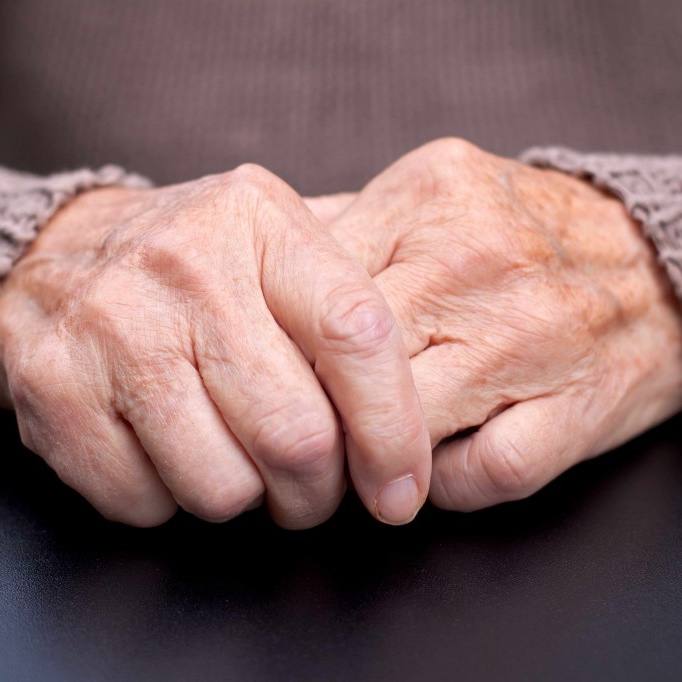-
Mayo Clinic Minute
Mayo Clinic Minute: How to get hay fever relief from fall allergies
Autumn is the season of change, with green leaves turning color and temperatures cooling. It's also the season of hay fever, or allergic rhinitis.
So how can people with fall allergies get relief? Dr. James Li, a Mayo Clinic allergist has more in this Mayo Clinic Minute.
Journalists: Broadcast-quality video (1:06) is in the downloads at the end of this post. Please courtesy: "Mayo Clinic News Network." Read the script.
"Fall is a very common season for seasonal allergies to kick in," says Dr. Li.
And ragweed is usually the biggest culprit.
"If an allergic person with ragweed sensitivity goes outside, they inhale ragweed pollen grains — little pollen plant proteins — that land in the lining of the nose," says Dr. Li. "And in that allergic person, there is an inflammatory response or an allergic response that causes the swelling, the runny nose and the mucus production" — …
… making life miserable for people with seasonal allergies.
"Nasal congestion, sneezing, runny nose, maybe itching of the nose or the mouth, as well as similar eye symptoms — eyes water, turn red or get itchy," says Dr. Li.
The first step in getting relief: Reduce your exposure by limiting time outdoors when pollen counts are high. Second: Try over-the-counter medications, like antihistamines, decongestants and allergy nasal sprays, which can help control the symptoms. And if those don't help, make an appointment with a healthcare professional, like an allergist.
"We'll go through the allergy tests, and one of the treatments we will at least talk about would be allergy shots," says Dr. Li. "And the payoff is that their allergy symptoms can be significantly improved."
Related Articles







